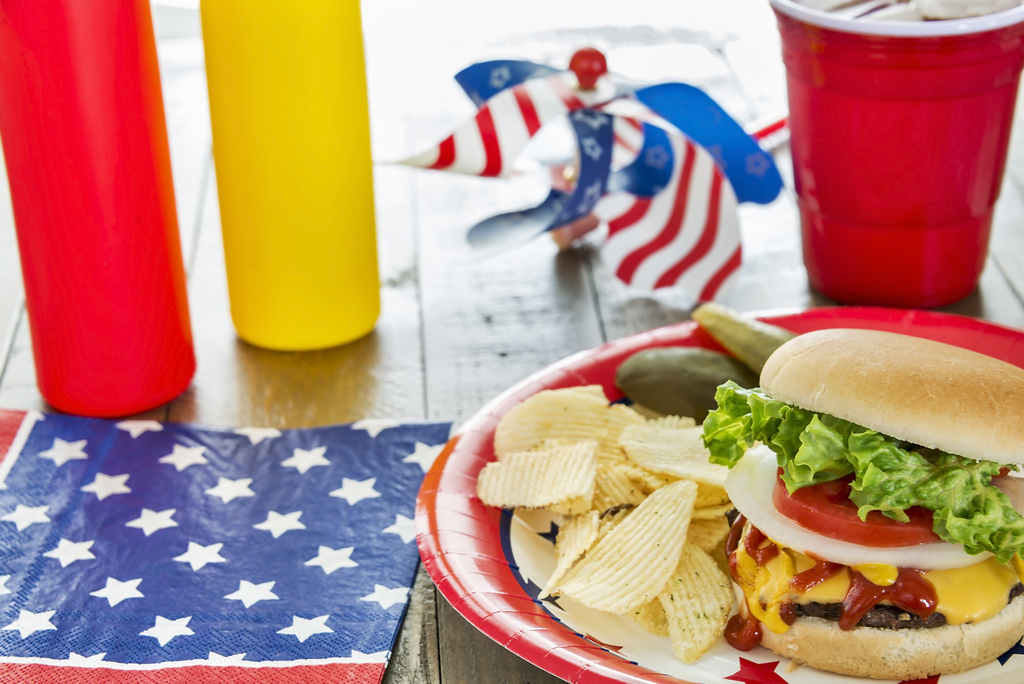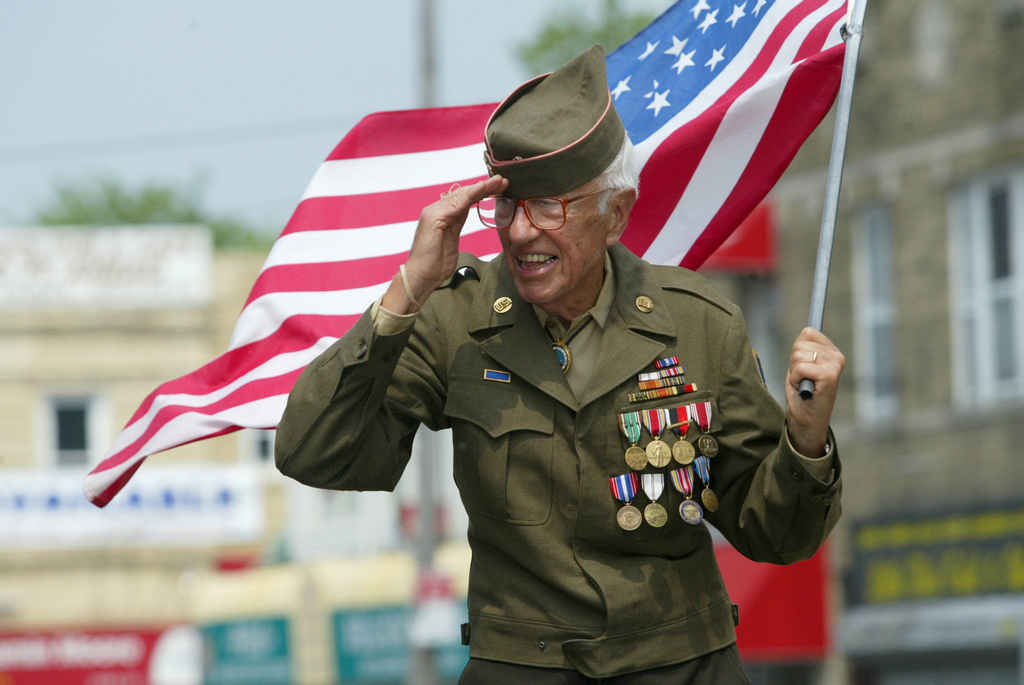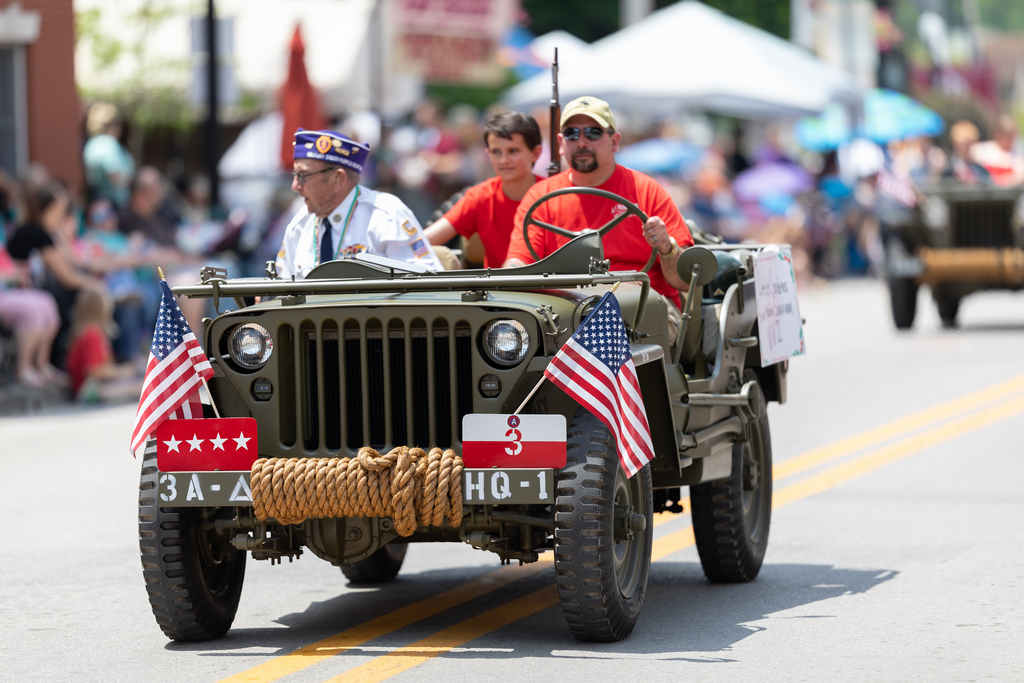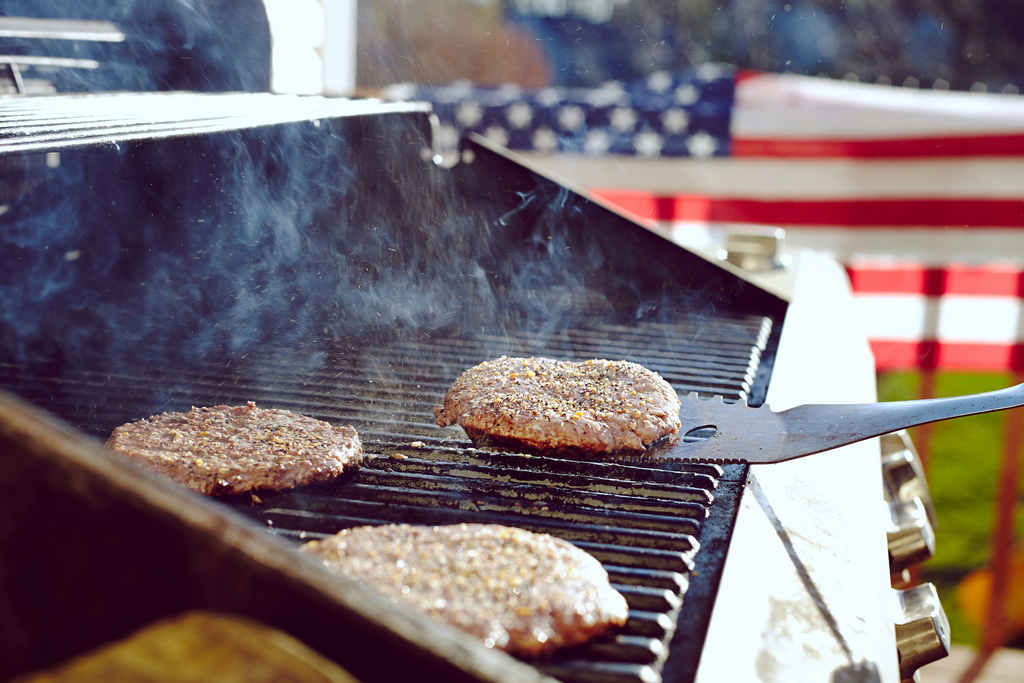Preparing for a festive Veterans Day weekend? During Veterans Day celebrations, parades, special events, and gatherings will thank living veterans for their service and to remember all those who served.
Americans will gather outdoors together enjoying tasty, patriotic, food. Eating outdoors though – where foods are left out for long periods – leaves the door open for uninvited guests – bacteria that can cause foodborne illness.
When eating outdoors, remember that bacteria can make you sick and make important food safety observations. Likewise, when preparing and cooking food, follow proper food safety procedures to prevent people from becoming ill.
- Learn about foodborne pathogens, cross contamination, cold and hot food safety, and best practices to prevent foodborne illness.
- Food Manager ANSI Certification: $99.00 - Valid in all States
- Food Handler Training: Only $7.00!
- 10% OFF: Enter Promo Code "train10off" at Checkout
About Veterans Day
Veterans Day was first celebration was on November 11, 1919, to commemorate the end of World War I. Hostilities formally ended at the 11th hour of the 11th day of the 11th month of 1918, when the Armistice with Germany went into effect. Until 1954, Veterans Day was known as “Armistice Day.”
Veterans Day is not to be confused with Memorial Day, a U.S. public holiday in May; Veterans Day celebrates the service of all U.S. military veterans, while Memorial Day honors those who died while in military service.
Veterans Day and Armistice Day
Exactly at the eleventh hour of the eleventh day of the eleventh month in 1918, people across Europe suddenly stopped shooting guns at each other.
Armistice Day, as a day to oppose war, had lasted in the United States up through the 1950s and even longer in some other countries under the name Remembrance Day. The U.S. government renamed Armistice Day as Veterans Day on June 1, 1954 – and since then – has lost its original meaning.
Armistice Day wasn’t a celebration of war or of those who participate in war, but of the moment a war had ended. Veterans Day is no longer, for most people, a day to cheer the ending of war or even to aspire to its abolition.
Food Safety Steps
When preparing for your special event, remember that harmful bacteria is on raw food and produce, and if not handled and prepared properly, can make people sick. But, by following four simple steps, you can protect your families and friends and keep your food safe.
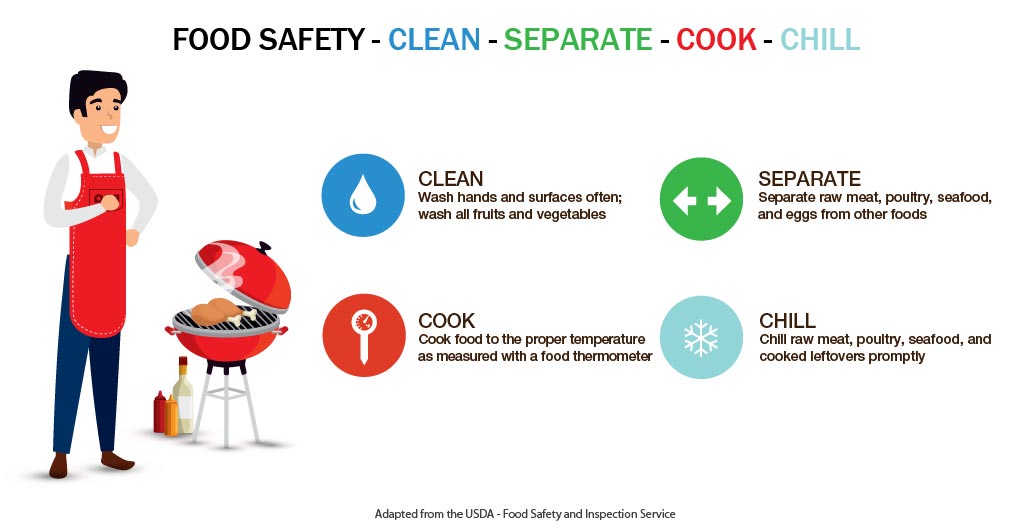
- Clean – Wash hands and surfaces often.
- Separate – Avoid cross-contamination by keeping plenty of clean utensils and platters handy and not reusing them when handling different raw meat and poultry products.
- Cook – To kill harmful bacteria and avoid illness, use a food thermometer to ensure food is cooked thoroughly and has reached a safe internal temperature. The USDA recommends the following minimal internal temperatures:
- 160°F for hamburgers and other ground beef
- 165°F for all poultry and pre-cooked meats like hot dogs
- 145°F for whole cuts of beef, pork, lamb and veal
- 145°F for seafood
- Chill – Keep food cold until ready to grill and Refrigerate food within two hours after cooking (1 hour for outdoor temperatures of 90 degrees or higher).
Bacteria Danger Zone
Bacteria multiply rapidly between 40°F and 140°F. Never leave perishable foods, such as meat, poultry, eggs and casseroles in the “Danger Zone” over 2 hours; 1 hour in temperatures above 90°F.
- Keep food cold in the refrigerator, in coolers, or on the serving line on ice.
- Keep hot food in the oven, in heated chafing dishes, or in preheated steam tables, warming trays and/or slow cookers.

USDA Booklet – Cooking for Groups
The “Cooking for Groups” Booklet helps organizers prepare and serve food safely for large groups such as reunions, dinners, and community gatherings.
This guide is for non-professional food service personnel use only – in which food is prepared at home and brought to – or prepared and served at – the event or gathering.
- English Booklet (PDF)
- English – Text Only
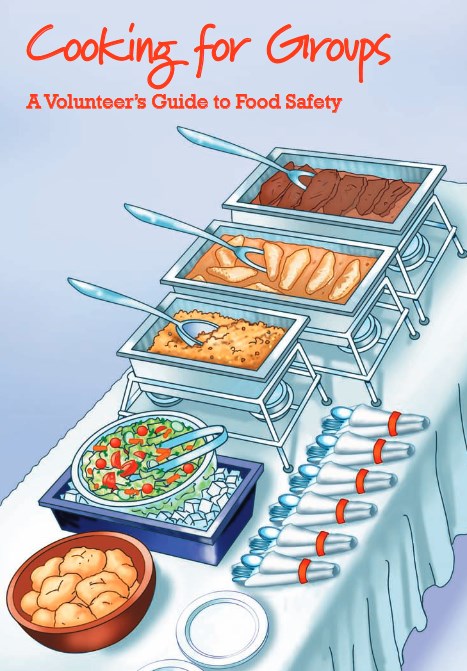
Homeless Veterans
Also, don’t forget homeless Veterans. Although homelessness among Veterans has been on the decrease, just one homeless or hungry Veteran is too many.
For more information on homeless Veterans, see the Department of Veteran Affairs and their list of Homeless Veterans Resources.
Additional Resources – Cooking for Groups Food Safety
- Cooking for Groups FSIS Image Library
- 7 Food Safety Steps for Successful Community Meals | PDF
- Cooking for Groups: A Volunteer’s Guide to Food Safety (USDA)
- Holiday or Party Buffets (USDA)
- Four Easy Lessons in Safe Food Handling with Check Your Steps: Food Safe Families
- Kitchen Companion: Your Safe Food Handbook (PDF Only)
- “Is It Done Yet?” You Can’t Tell By Looking. Use a Food Thermometer to Be Sure. | PDF
- Let’s Talk Turkey | PDF
- Slow Cookers and Food Safety | PDF
- Barbecue and Food Safety | PDF
- Microwave Ovens and Food Safety | PDF
- Safe Handling of Take-Out Foods | PDF

